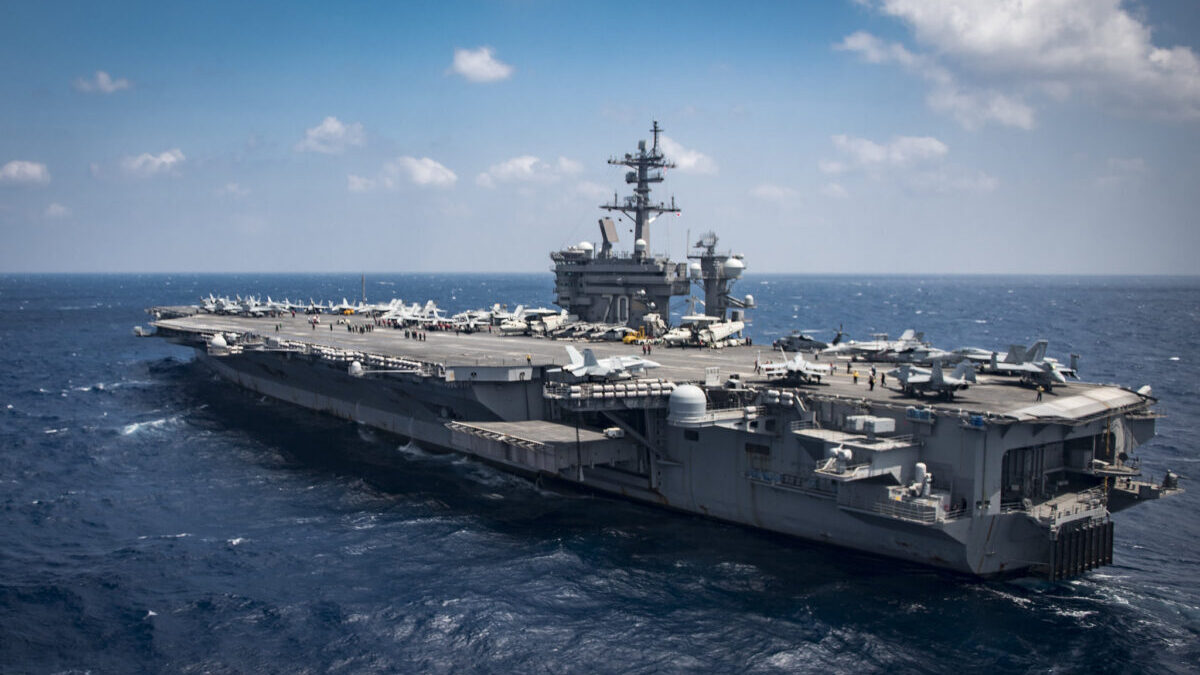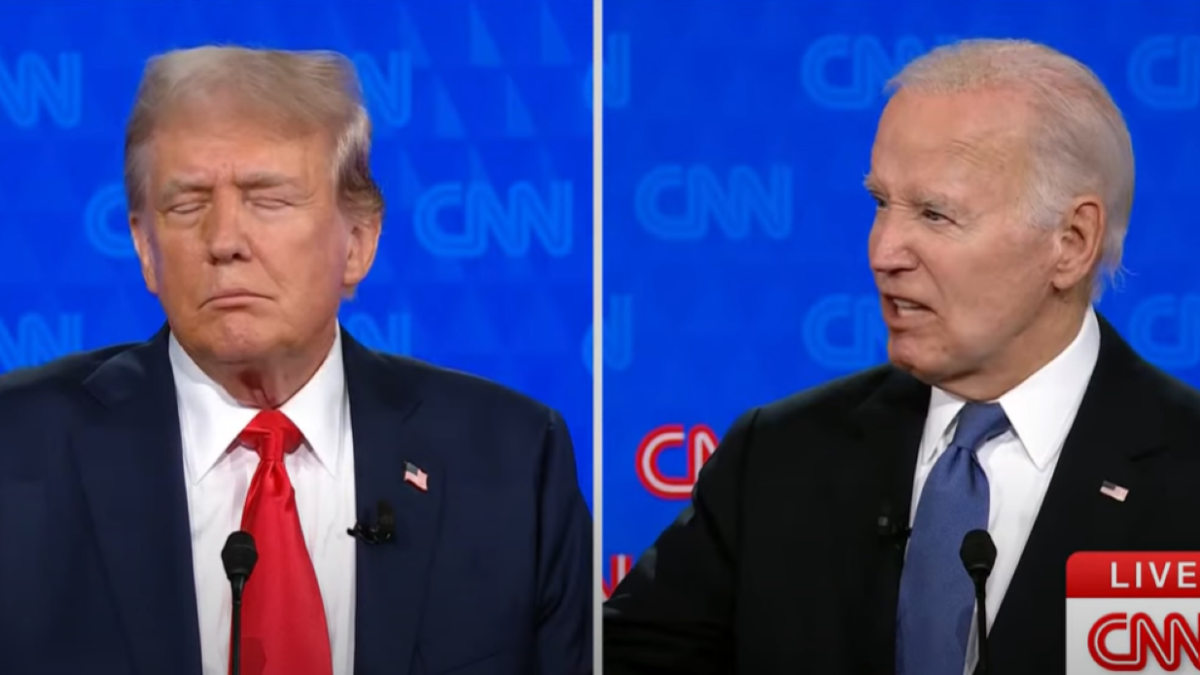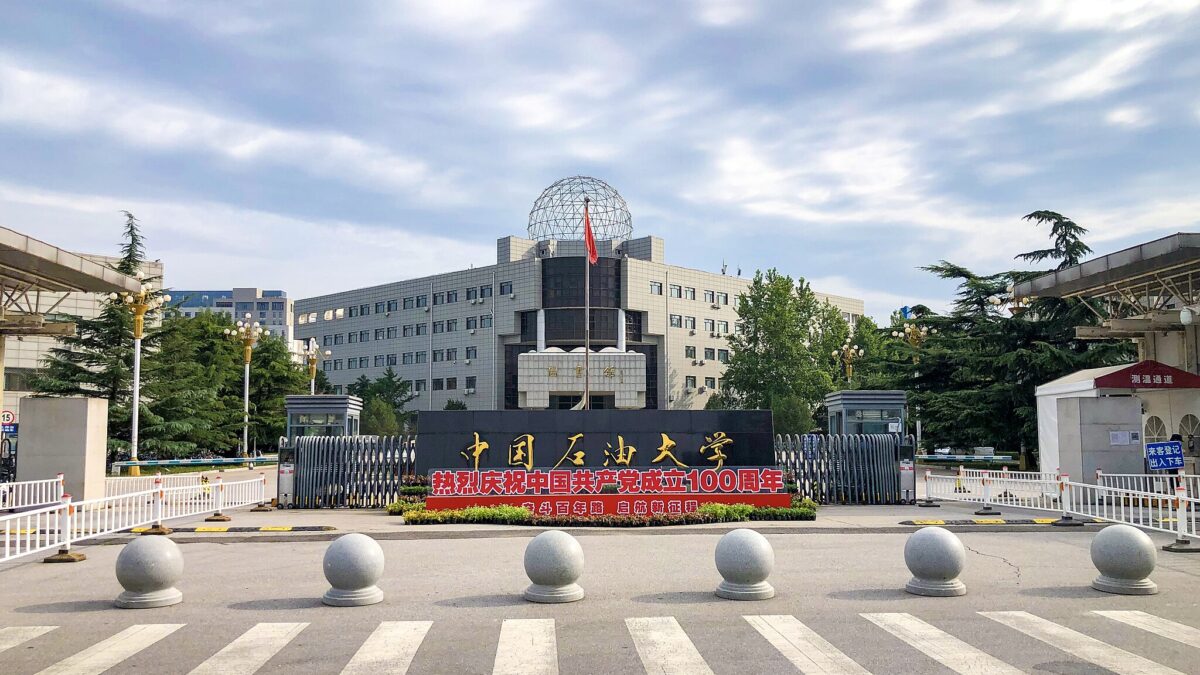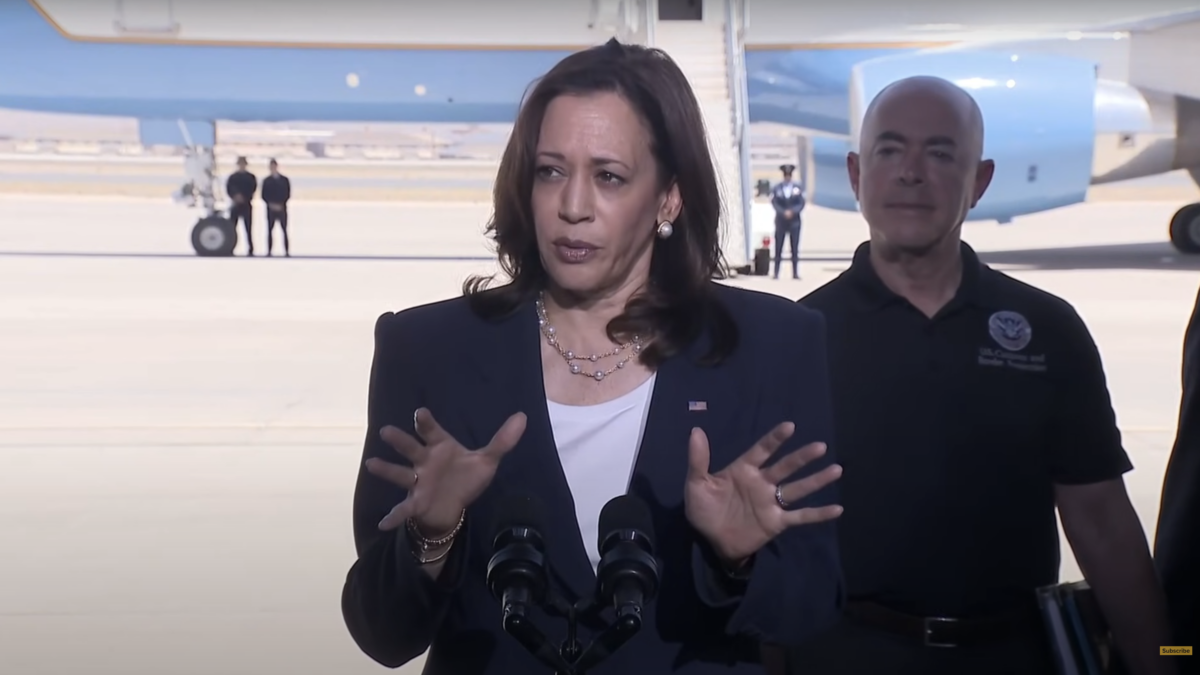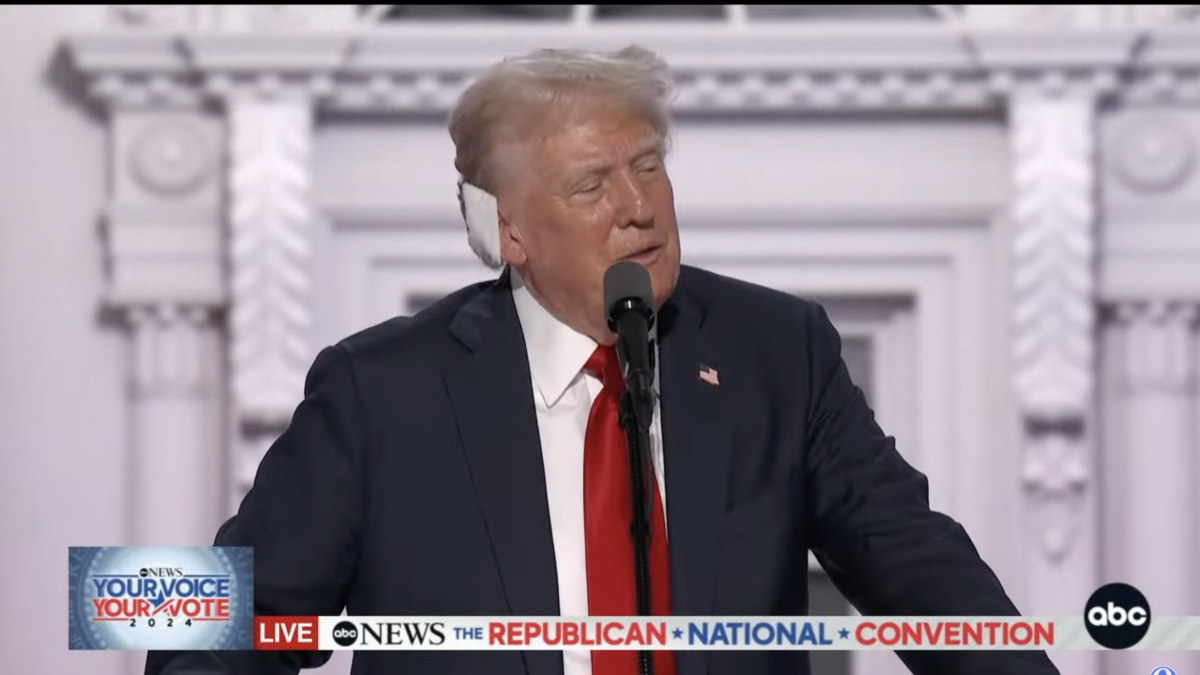After Taiwan’s voters defiantly voted for Lai Ching-te of the Democratic Progressive Party (DPP) as their next president in January, many people are waiting to see when communist China’s dictator Xi Jinping will attack Taiwan militarily. There are disturbing signs that Xi is already making progress toward taking control of Taiwan through “gray zone” operations, and the Biden administration is unprepared to address China’s aggressive geopolitical expansions.
A “gray zone” operation refers to “coercive actions that are shy of armed conflict but beyond normal diplomatic, economic, and other activities,” according to the Rand Corporation. China has deployed close to 80 different gray zone tactics in recent decades against its Asian neighbors, Rand reports. By gradually altering the regional and international status quo, Beijing has succeeded in expanding its territorial claims without firing a single shot or launching any military attack.
A good example of China’s gray zone operation is its handling of border disputes with Bhutan. China has built three new villages inside the Beyul region, which is internationally recognized as Bhutan’s territory. These villages house hundreds of Chinese residents, a few military bases, and Chinese Communist Party administrative centers. China’s actions violated its promise to Bhutan that “no unilateral action will be taken to change the status quo on the border.” But it was too late when Bhutan noticed what China had done. Beijing points to these Chinese villages inside Beyul as proof that the region has been China’s territory since immemorial.
Xi seems to plan to take control of Taiwan through similar gray zone operations; he is probably concerned that an outright military invasion may be too costly if the United States jumps to Taiwan’s defense. Step one of Xi’s gray zone operations over Taiwan was to gain control of the South China Sea, an essential international water and trade route that China’s Asian neighbors, including Taiwan, rely on.
Between 2013 and 2015, China built artificial islands and reclaimed more than 3,000 acres of land in the South China Sea while facing no opposition from the Obama administration. Although Xi promised President Barack Obama that China would only use these islands for peaceful purposes, satellite images show China has militarized these artificial islands with runways, ports, aircraft hangars, radar and sensor equipment, and other military buildings. These islands would enable the Chinese military to quickly isolate Taiwan from the rest of the world and prevent aid from reaching the island in the event of any military conflict.
The Chinese government established a new city and two administrative districts to manage these artificial islands and the surrounding waters and to legitimize its territorial expansion in the South China Sea. Furthermore, Beijing published a new map last year, which includes a ten-dash line that reasserts China’s claims to almost all of the South China Sea and to Taiwan as part of China. The line also extends into the exclusive economic zones of the Philippines, Malaysia, and Vietnam. While China’s neighbors from Manila to Taipei strongly rejected the map and Beijing’s illegitimate territorial claims, there is little they can do now. Thus, China completed its expansion in the South China Sea through gray zone operations without engaging its neighbors in traditional naval warfare.
China’s territorial expansion on paper has justified Beijing’s decision to send its coast guard, navy, and air force to patrol the South China Sea, all in the name of protecting its sovereignty. That’s Xi’s gray zone operation step two: making the Chinese military’s activities in international waters seem as natural as possible. The Chinese military often deploys dangerous maneuvers in the air and on the sea to prevent the U.S. and its allies from conducting “freedom of navigation” through the South China Sea.
China Pushing Boundaries
These dangerous encounters serve two purposes: to test the U.S. and its allies’ resolve and possible responses, and to normalize Chinese military aggression as “self-defense.” Every time the U.S. and its allies complain about the Chinese military’s behavior, China gets to reiterate its right to exercise sovereignty over its territory. Thus, in the event of any military conflict with Taiwan, China can easily justify its military actions against any country that tries to aid Taiwan on a self-defense basis.
Step three of Xi’s gray zone operations over Taiwan began in September 2020, when China’s People’s Liberation Army’s (PLA) fighter jets flew into Taiwan’s self-declared Air Defense Identification Zone (ADIZ) for the first time. Since then, PLA jets have flown into Taiwan’s ADIZ on an almost daily basis. In 2022 alone, more than 1,737 PLA aircraft violated Taiwan’s ADIZ. Taking advantage of former U.S. House Speaker Nancy Pelosi’s visit to Taiwan in August 2022, the PLA sent naval ships across the median line, essentially erasing the unspoken but long-established maritime boundary between mainland China and Taiwan in the Taiwan Strait. By the end of January 2024, China had sent 233 Chinese military aircraft, 110 naval vessels, and dozens of spy balloons around Taiwan. Yet the rest of the world has stopped paying attention.
Besides the show of force to intimidate Taiwan, China’s other intention, according to defense analyst Ben Lewis, is “to alter the status quo,” so the presence of PLA aircraft, naval forces, and spy balloons would be accepted by Taiwan and its allies as routine, and they would lower their guard or become too exhausted to react when China suddenly turns routine into real military actions.
Step Four
Xi has launched step four of his grey zone operations over Taiwan this month. For decades, both the mainland and Taiwan had an understanding that China’s ships should stay away from waters around Kinmen, Matsu, and other outlying islands, which are considered restricted areas under Taiwan’s jurisdiction. But on Feb. 14, a Chinese speedboat intruded into the waters around Taiwan’s Kinmen. It ended up capsizing and killing two of the four Chinese onboard. China’s Taiwan Affairs Office (TAO) immediately claimed “there is no such thing as ‘prohibited or restricted’ waters.”
On Feb. 19, a few days after the TAO’s statement, a Chinese coast guard ship intercepted a Taiwanese tour boat in Kinmen waters and boarded the boat. The incident and TAO’s denial of maritime boundaries alarmed Taiwan. Several Taiwanese scholars pointed out that Beijing’s rhetoric and actions amount to “the CCP’s destruction of the Taiwan Strait status quo” and “intended to promote the territorialization of the Taiwan Strait.” They expect to see more Chinese militarized fishing boats encroach into Taiwan’s waters shortly and set the stage for more of Beijing’s gray zone operations or military aggression.
At the end of last month, National Security Adviser Jake Sullivan claimed that President Joe Biden’s China strategy succeeded because it “reduced tensions and prodded Beijing to engage on issues critical to U.S. interests.” Since Sullivan is known to be in charge of the Biden administration’s foreign policy, his praise of the administration’s China strategy is essentially patting himself on the back.
He sounds both arrogant and delusional. Let’s not forget that eight days after Sullivan said the Middle East was “quiet,” on Oct. 7, 2023, Hamas launched the worst terrorist attack against Israel, and Israel has been in a war to defend itself since. Therefore, when Sullivan is so sure of the brilliance of his China strategy, all of us, particularly people in Taiwan, should be very concerned about what China’s subsequent aggression will be.
